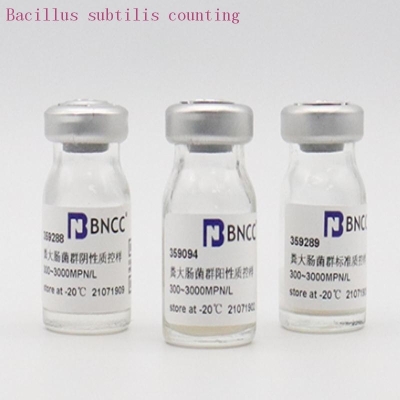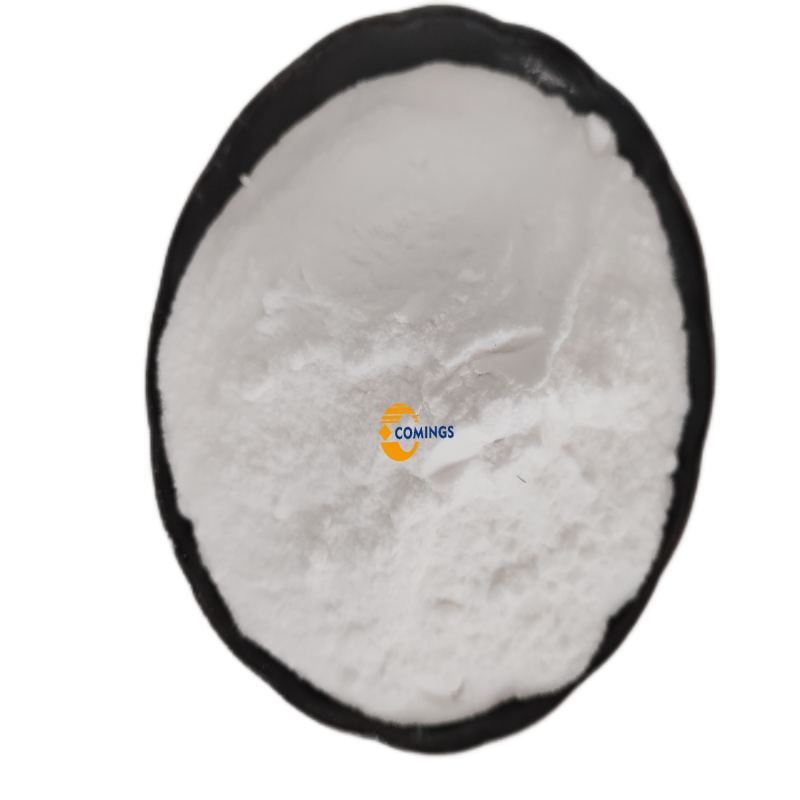Detection of Mycoplasmas in Cell Culture by Fluorescence Methods
-
Last Update: 2021-02-19
-
Source: Internet
-
Author: User
Search more information of high quality chemicals, good prices and reliable suppliers, visit
www.echemi.com
The fluorescence stains used most often for mycoplasma detection are
DNA
binding fluorochromes (DNAFs) and fluoresceinated antibodies. Both permit direct visualization of individual mycoplasma organisms. DNAFs will bind to any appropriately conformed DNA that is present in a sample preparation and are, therefore, not specific for mycoplasmas. Conversely, fluoresceinated antibodies are highly specific for mycoplasmas, discriminating to species level. The two stains can be used individually or in combination, and they can be used either directly on the cells of interest or they may be used in a system involving mycoplasma-free indicator cells, which further enhances the diagnostic reliability of tests utilizing these fluorescent reagents.
This article is an English version of an article which is originally in the Chinese language on echemi.com and is provided for information purposes only.
This website makes no representation or warranty of any kind, either expressed or implied, as to the accuracy, completeness ownership or reliability of
the article or any translations thereof. If you have any concerns or complaints relating to the article, please send an email, providing a detailed
description of the concern or complaint, to
service@echemi.com. A staff member will contact you within 5 working days. Once verified, infringing content
will be removed immediately.






